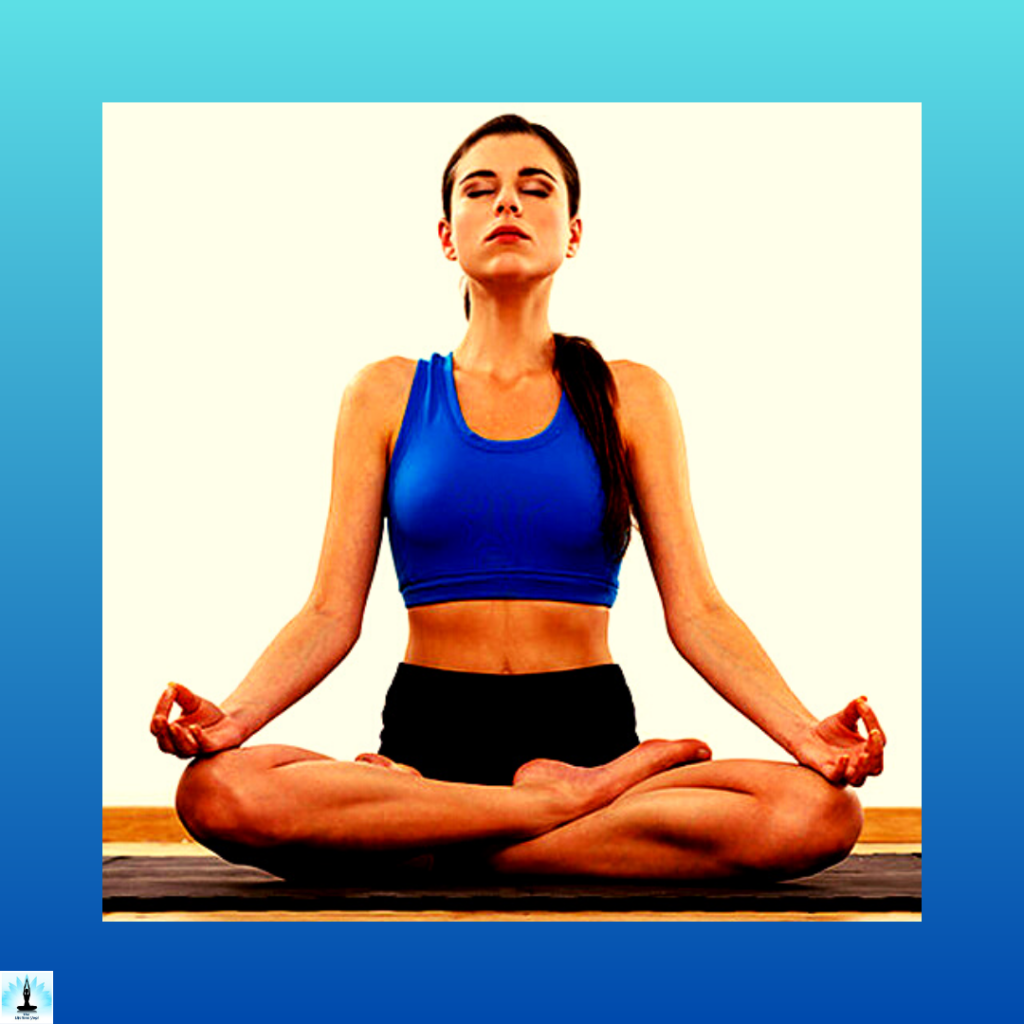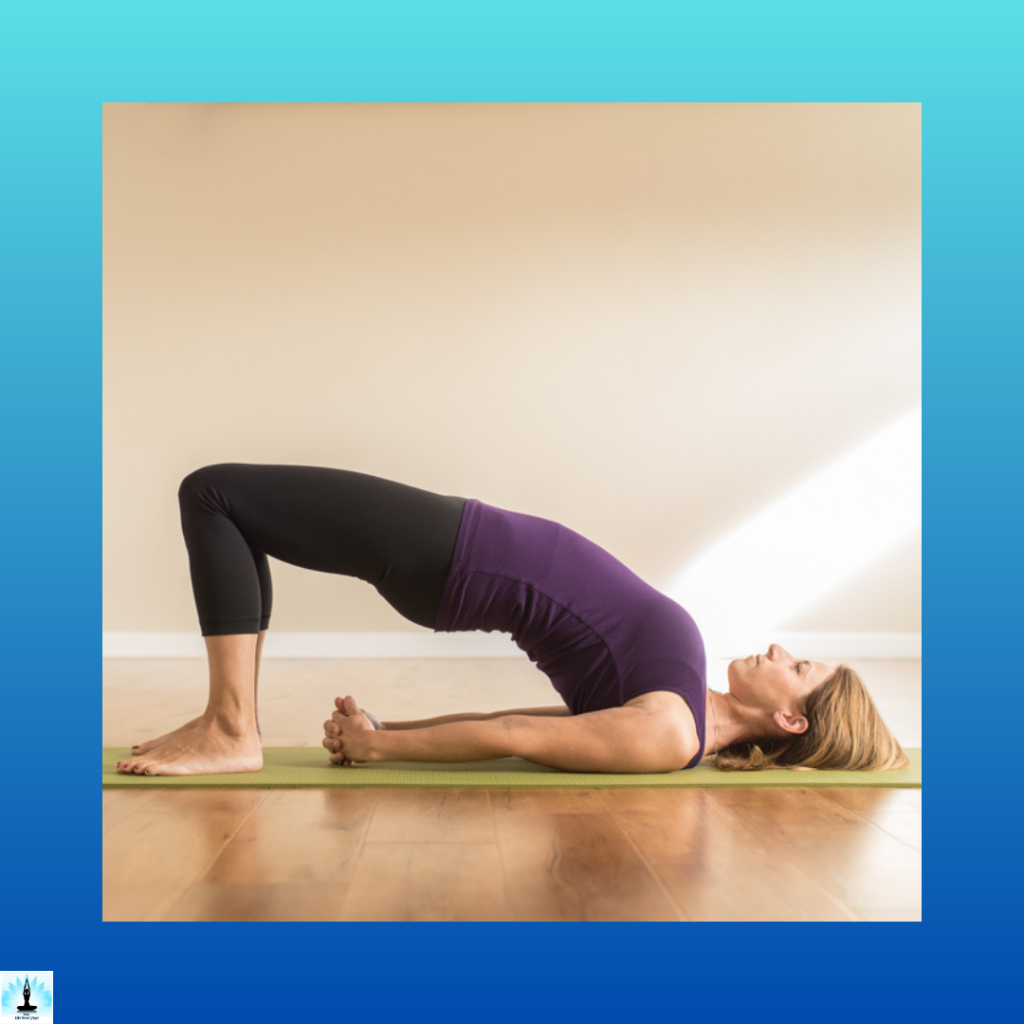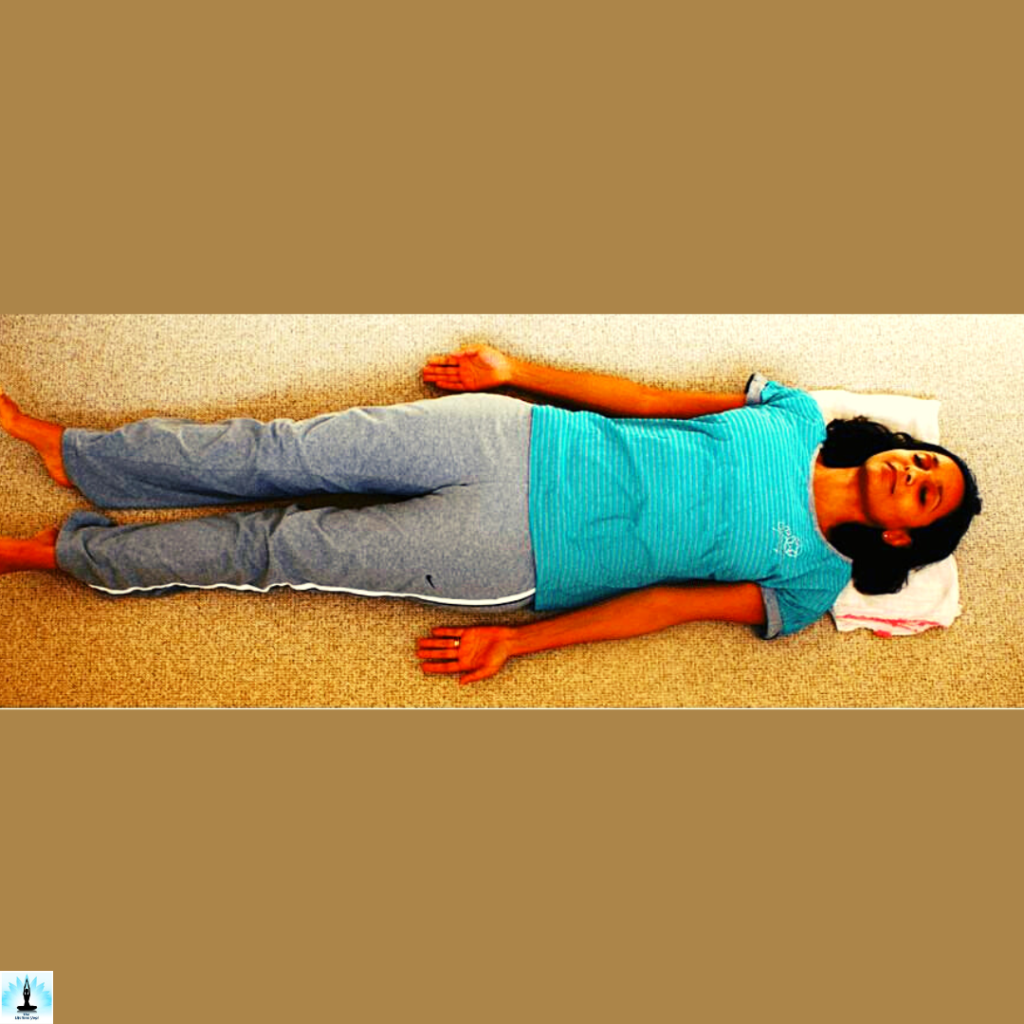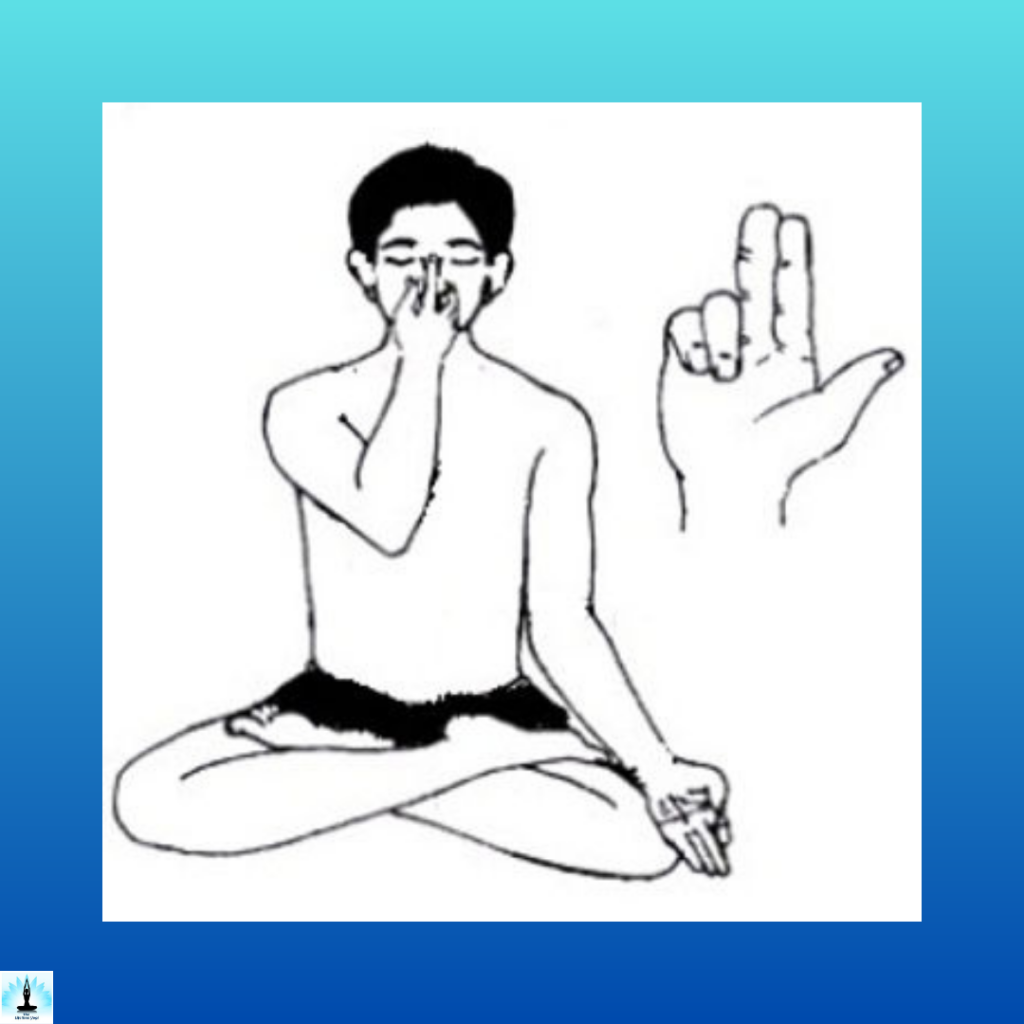Introduction – Top 5 Pranayamas and 5 Yogasanas for Asthma and Respiratory Health
In today’s fast-paced world, the prevalence of respiratory issues such as asthma is on the rise. While medical interventions play a crucial role in managing asthma, complementary approaches like breathing techniques and yogasanas can significantly contribute to improving respiratory health. Breathing exercises and yogasanas can help strengthen the respiratory system, enhance lung capacity, reduce stress, and promote overall well-being. In this blog, we will explore some of the top breathing techniques and yogasanas that are beneficial for individuals with asthma and those seeking to improve their respiratory health.
Table of Contents
Yogasanas for Asthma and Respiratory Health
Sukhasana (Easy Pose)

Sukhasana is a simple cross-legged sitting posture that promotes relaxation and helps prepare the mind and body for the practice of pranayama (breathing exercises). Sit comfortably with your spine erect, close your eyes, and focus on slow, deep breaths. This pose helps calm the mind, reduce stress, and establish a foundation for other yoga practices.
Bhujangasana (Cobra Pose)

- Bhujangasana is a gentle backbend that stretches the chest and opens up the lungs, improving lung capacity. Lie on your stomach, place your palms on the mat near your shoulders, and gently lift your upper body, arching your spine while keeping your pelvis grounded.
- Breathe deeply and hold the pose for a few breaths. Cobra Pose helps expand the chest, increase oxygen intake, and improve overall respiratory function.
Matsyasana (Fish Pose)

- Matsyasana is a restorative pose that opens up the chest, throat, and lungs, facilitating deeper breathing. Lie on your back, place your hands under your hips, and lift your chest up while arching your back and allowing the crown of your head to touch the mat.
- Breathe deeply and hold the pose for a few breaths. Matsyasana helps relieve respiratory congestion, expand lung capacity, and improve posture.
Setu Bandhasana (Bridge Pose)

- Setu Bandhasana is a gentle backbend that stretches the chest, shoulders, and neck, while also strengthening the back muscles. Lie on your back, bend your knees, and place your feet flat on the mat.
- Press your feet and palms into the mat, lift your hips off the ground, and interlace your fingers under your back.
- Breathe deeply and hold the pose for a few breaths. Bridge Pose expands the chest, increases lung capacity, and improves overall respiratory strength.
Shavasana (Corpse Pose)

- Shavasana is a relaxation pose that allows the body and mind to rest deeply. Lie on your back, close your eyes, and allow your entire body to relax.
- Focus on slow, deep breaths, and release any tension or stress with each exhalation. Shavasana promotes overall relaxation, reduces anxiety, and encourages healthy breathing patterns.
Pranayamas for Asthma and Respiratory Health

Pranayama, the practice of breath control, is a vital component of yoga that can greatly benefit individuals with asthma and respiratory issues. Here are some pranayamas (breathing techniques) that can help improve respiratory health and manage asthma symptoms:
Anulom Vilom Pranayama (Alternate Nostril Breathing)
Anulom Vilom Pranayama is a balanced breathing technique that helps clear the nasal passages, enhance lung capacity, and harmonize the flow of breath. Sit comfortably with your spine erect. Close your right nostril with your right thumb and inhale deeply through your left nostril.
Close your left nostril with your ring finger, release your thumb, and exhale through the right nostril. Inhale through the right nostril, close it, and exhale through the left nostril. Continue alternating nostrils for several rounds. Anulom Vilom Pranayama promotes respiratory balance, reduces stress, and improves overall lung function.
Kapalabhati Pranayama (Skull Shining Breath)
- Kapalabhati Pranayama is an energizing breathing technique that helps clear the respiratory passages and increase oxygen supply to the body. Sit in a comfortable position with your spine erect.
- Take a deep inhalation, and then forcefully exhale by contracting your abdominal muscles quickly and sharply. Allow the inhalation to happen naturally as a reflex. Start with a few rounds and gradually increase the pace.
- Kapalabhati Pranayama helps remove toxins, improves lung capacity, and invigorates the respiratory system.
Bhramari Pranayama (Bee Breath)
- Bhramari Pranayama is a calming breathing technique that soothes the nervous system, reduces anxiety, and opens up the respiratory passages.
- Sit comfortably and close your eyes. Place your index fingers on your ears, gently press the tragus (the small pointed flap in front of the ear canal), and keep the other fingers lightly resting on your face.
- Take a deep breath in, and as you exhale, make a soft humming sound like a bee, allowing the sound to resonate in your head. Repeat this for several rounds. Bhramari Pranayama promotes relaxation, relieves stress-related asthma symptoms, and encourages smooth, controlled breathing.
Ujjayi Pranayama (Victorious Breath)
- Ujjayi Pranayama is a deep breathing technique that helps warm and expand the lungs, while also calming the mind.
- Sit comfortably with your spine erect. Inhale deeply through your nose, slightly constricting the back of your throat to create a soft, ocean-like sound. Exhale slowly through your nose, maintaining the same throat constriction.
- Continue this rhythmic breathing pattern for several rounds. Ujjayi Pranayama improves lung capacity, enhances concentration, and promotes a sense of tranquility.
Sheetali Pranayama (Cooling Breath)
- Sheetali Pranayama is a cooling breathing technique that can help reduce respiratory inflammation and soothe asthma symptoms.
- Sit comfortably with your spine erect. Roll your tongue into a tube-like shape or purse your lips together. Inhale slowly through the curled tongue or between the pursed lips, and then exhale through your nose.
- If you’re unable to roll your tongue, you can simply inhale through slightly parted lips. Continue for several rounds. Sheetali Pranayama helps cool the body, calm the nervous system, and alleviate respiratory discomfort.
FAQs on Top Pranayamas and Yogasanas for Asthma and Respiratory Health
Which Breathing Exercise Is Good for Asthma?
- Diaphragmatic breathing, also known as belly breathing or deep breathing, is a beneficial breathing exercise for individuals with asthma.
- It involves consciously using the diaphragm to take slow, deep breaths, allowing the abdomen to rise and fall with each inhalation and exhalation.
- Diaphragmatic breathing helps promote relaxation, increase oxygen intake, and improve overall lung function, making it a valuable practice for managing asthma symptoms.
How To Control Asthma by Yoga?
Yoga can help in controlling asthma by focusing on deep breathing, relaxation techniques, and gentle physical postures. Pranayama, such as Anulom Vilom (Alternate Nostril Breathing), and yogasanas like Bhujangasana (Cobra Pose) and Matsyasana (Fish Pose), can improve lung capacity, open up the respiratory passages, and enhance overall respiratory health.
Regular practice of yoga can also reduce stress, which is known to trigger asthma symptoms. It is important to consult with a qualified yoga instructor and work in conjunction with your healthcare provider to develop a personalized yoga routine that suits your individual needs.
Which Yoga Asanas Help in The Respiratory System?
Several yoga asanas can benefit the respiratory system. Some of the beneficial asanas include Bhujangasana (Cobra Pose), Matsyasana (Fish Pose), Setu Bandhasana (Bridge Pose), and Sukhasana (Easy Pose).
These poses help stretch the chest muscles, expand the lungs, improve posture, and enhance overall breathing patterns. Additionally, relaxation poses like Shavasana (Corpse Pose) can promote deep relaxation and allow the respiratory system to recover.
Which Mudra Is Best for Asthma?
- The Linga Mudra is considered beneficial for asthma. To practice this mudra, interlock the fingers of both hands and keep the left thumb pointing up.
- Encircle the left thumb with the right thumb and index finger, creating a circle. This mudra is believed to generate heat in the body and improve circulation, which can be helpful in managing asthma symptoms.
- However, it is important to note that mudras should be practiced in conjunction with medical treatment and under the guidance of a qualified instructor.
Can Kapalbhati Reduce Asthma?
- Kapalabhati Pranayama, also known as Skull Shining Breath, is an invigorating breathing technique.
- While Kapalbhati may have various health benefits, such as improving lung capacity and detoxifying the body, its effects on asthma specifically are not well-established.
- It is advisable to approach Kapalabhati Pranayama with caution if you have asthma, and it is essential to consult with your healthcare provider and a qualified yoga instructor before practicing this technique.
Which Pranayama to Practice for Asthma?
- Anulom Vilom Pranayama, also known as Alternate Nostril Breathing, is a commonly recommended pranayama technique for asthma.
- This breathing exercise helps balance the flow of breath, clear nasal passages, and enhance lung capacity. Regular practice of Anulom Vilom Pranayama can support respiratory health and help manage asthma symptoms.
- However, it is important to practice pranayama under the guidance of a qualified instructor and in coordination with your healthcare provider.
How Can I Control My Asthma Without an Inhaler?
- While it is important to always have an inhaler prescribed by your healthcare provider for emergency use, there are some natural strategies that can complement asthma management.
- These include maintaining a healthy lifestyle, avoiding triggers such as allergens and pollutants, practicing regular physical exercise, managing stress through techniques like yoga and meditation, and ensuring proper nutrition.
- It is crucial to consult with your healthcare provider for personalized guidance on managing asthma without an inhaler.
How Can I Fight Asthma Naturally?
Fighting asthma naturally involves adopting a holistic approach to managing the condition.
- This can include practicing pranayamas, such as Anulom Vilom and Kapalabhati, and incorporating yoga asanas like Bhujangasana and Matsyasana.
- Additionally, maintaining a healthy lifestyle by eating a balanced diet, avoiding known triggers, exercising regularly, managing stress, and ensuring a clean and allergen-free environment can help in managing asthma symptoms naturally.
- However, it is essential to work in coordination with your healthcare provider and follow their prescribed medical treatment.
What Is the Best Natural Herb for Asthma?
Several herbs are traditionally used to support respiratory health and manage asthma symptoms.
Some commonly recommended herbs include turmeric, ginger, licorice root, boswellia, and chamomile.
However, it is important to note that the use of herbs for asthma should be discussed with a qualified healthcare provider or an herbalist to ensure safety, appropriate dosages, and avoid potential interactions with any existing medications.
What Foods Heal Asthma Naturally?
While there is no specific food that can cure asthma, a healthy diet rich in fruits, vegetables, whole grains, and lean proteins can support overall respiratory health.
Foods that are known to have potential benefits for asthma management include those rich in antioxidants, such as berries, citrus fruits, leafy greens, and cruciferous vegetables.
Omega-3 fatty acids found in fatty fish, flaxseeds, and chia seeds may also have anti-inflammatory properties.
However, individual responses to different foods can vary, so it is important to identify any personal triggers or sensitivities and consult with a registered dietitian or healthcare provider for personalized dietary advice.
What Fruits Can Stop Asthma?
While no specific fruits can “stop” asthma, certain fruits may have potential benefits for respiratory health due to their antioxidant and anti-inflammatory properties.
Fruits such as apples, oranges, berries, kiwi, and papaya are rich in vitamin C and other beneficial compounds. However, it is important to note that individual responses to fruits can vary, and any known personal allergies or sensitivities should be taken into consideration.
What Should Be Avoided in Asthma?
To manage asthma effectively, it is advisable to avoid potential triggers that can worsen symptoms. Common triggers include tobacco smoke, air pollution, allergens (such as pollen, dust mites, and pet dander), strong odors, and respiratory infections.
It is also important to be cautious with intense physical exertion, cold air, and sudden weather changes, as these can potentially trigger asthma symptoms. Understanding and avoiding personal triggers, as identified in consultation with your healthcare provider, is essential in managing asthma effectively.
Conclusion
Incorporating breathing techniques and yogasanas into your daily routine can greatly benefit individuals with asthma and those looking to enhance their respiratory health. Diaphragmatic breathing, alternate nostril breathing, Lion’s Breath, Bridge Pose, and Corpse Pose are just a few examples of practices that can strengthen the respiratory system, increase lung capacity, reduce stress, and promote overall well-being.
Remember to consult with a healthcare professional before starting any new exercise regimen, especially if you have pre-existing respiratory conditions. By adopting these techniques and yogasanas, you can take an active role in improving your respiratory health and enjoying a better quality of life. Breathe deeply, exhale fully, and embrace the transformative power of mindful breathing and yoga.
References
- Mittra, Dharma (2003). Asanas: 608 Yoga Poses. ISBN 978-1-57731-402-8.
- Rhodes, Darren (2016). Yoga Resource Practice Manual. Tirtha Studios. ISBN 978-0-9836883-9-6.
- Samuel, Geoffrey (2017) [2008]. The Origins of Yoga and Tantra. Indic Religions to the Thirteenth Century. Cambridge University Press. ISBN 978-0521695343.
- Saraswati, Swami Satyananda (1996). Asana Pranayama Mudra Bandha (PDF). Yoga Publications Trust. ISBN 978-81-86336-14-4. Archived from the original (PDF) on 2015-08-07. Retrieved 2018-11-26.
- Shearer, Alistair (2020). The Story of Yoga: From Ancient India to the Modern West. London: Hurst Publishers. ISBN 978-1-78738-192-6.
- Singleton, Mark (2010). Yoga Body : the origins of modern posture practice. Oxford University Press. ISBN 978-0-19-539534-1. OCLC 318191988.
- https://www.ncbi.nlm.nih.gov/pmc/articles/PMC6880926/
- https://www.lung.org/lung-health-diseases/wellness/breathing-exercises
